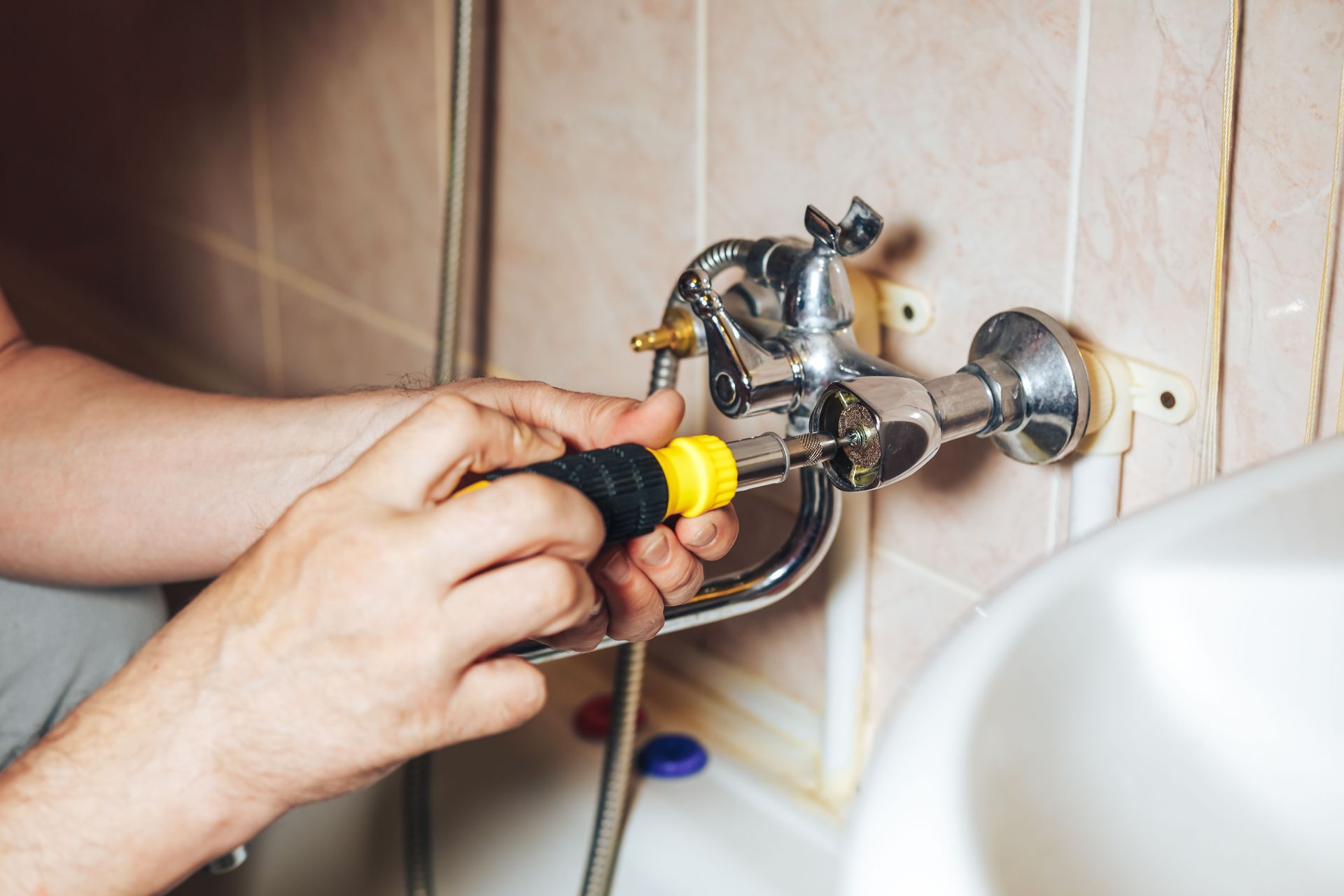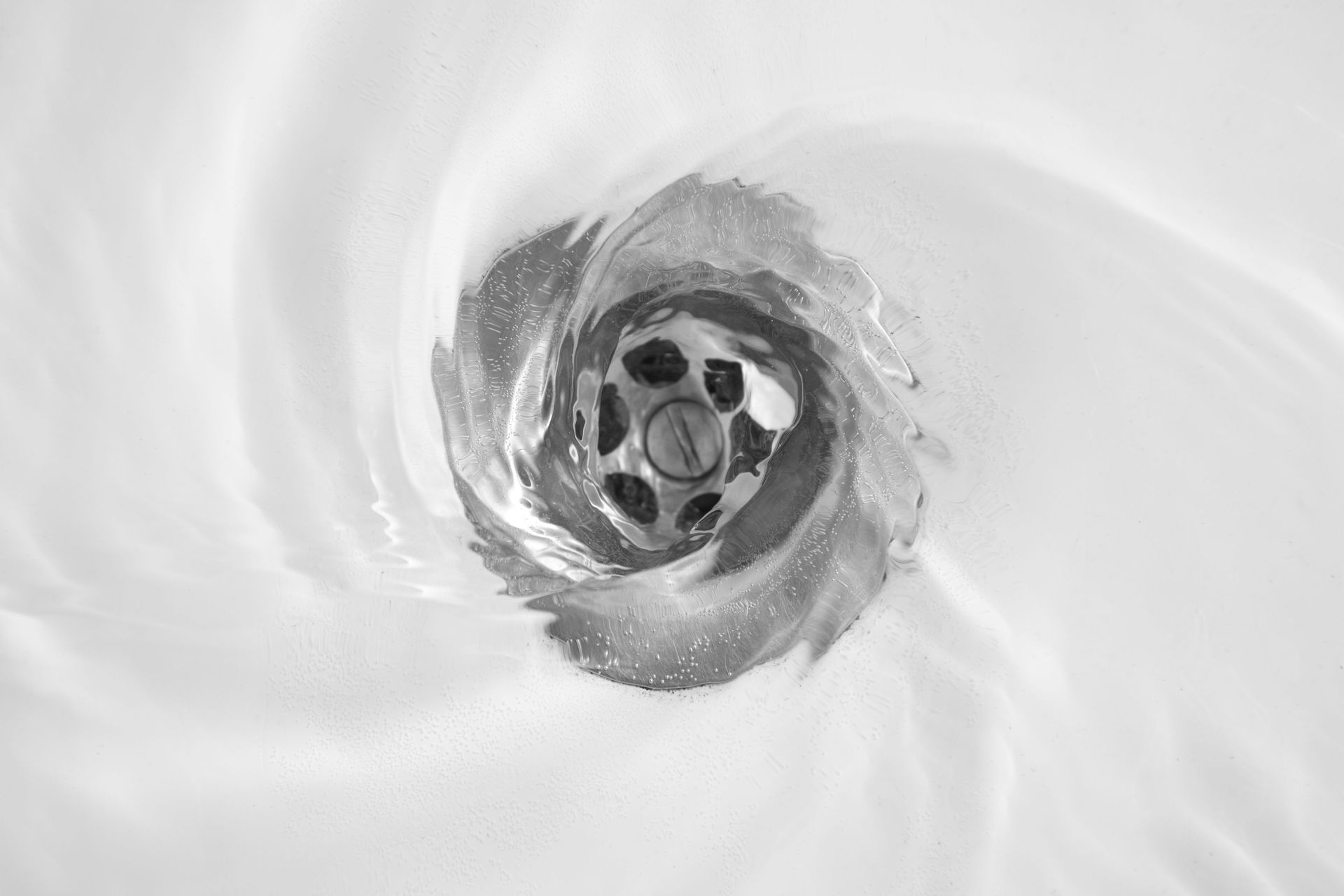September 29, 2025
Hidden leaks in a home’s plumbing system might seem minor at first, but even a tiny leak can lead to serious damage if ignored. Over time, slow drips or pinhole leaks can compromise walls, flooring, and structural integrity. Mold and mildew can develop in damp areas, causing health concerns and unpleasant odors. Plumbing contractors bring experience and specialized tools to uncover leaks that might otherwise go unnoticed, preventing costly repairs and protecting your home. According to This Old House, the average household can waste up to 10,000 gallons of water annually due to hidden leaks, highlighting why early detection matters.
Understanding how contractors identify hidden leaks empowers homeowners to take proactive steps. From listening for faint sounds to monitoring unusual water usage, there are simple actions homeowners can take alongside professional inspections. By combining careful observation with advanced detection methods, plumbing contractors can locate leaks quickly and efficiently, minimizing disruption while maximizing accuracy. Working with experienced professionals ensures problems are addressed properly and reduces the risk of long-term damage to your home.
Inspecting for Visible Signs
Plumbing contractors often start with a thorough visual inspection, searching for signs of water damage that may be subtle but telling. Water stains on ceilings or walls, peeling paint, warped flooring, or discoloration are all common indicators of a leak. Even small patches of mold, mildew, or a faint musty odor can signal moisture problems hidden behind walls or under floors. Contractors systematically check high-risk areas, including sinks, bathtubs, toilets, water-using appliances, and outdoor irrigation lines, ensuring that even overlooked areas are assessed. They also pay attention to the smallest details, like tiny cracks near pipe joints, rust on fittings, or unusual soft spots in flooring, which can all hint at developing leaks before they become major issues.
For homeowners, periodic visual checks can make a significant difference. Monitoring for damp spots behind cabinets, around appliances, and near plumbing fixtures allows you to catch potential leaks before they escalate. Keeping a simple checklist of areas to inspect regularly helps maintain awareness of your home’s plumbing health. Early detection not only prevents damage but also reduces repair costs and minimizes disruption. Plumbers appreciate when homeowners provide observations from routine checks, as this information helps guide targeted inspections and ensures no area is overlooked. Recognizing visible signs of leaks early is a proactive way to protect your home, preserve its value, and avoid costly emergencies.
Listening for Unusual Sounds
Sometimes leaks announce themselves through sound rather than sight. Plumbing contractors are trained to detect faint dripping, hissing, or running noises that may escape the untrained ear. Specialized listening devices amplify these subtle sounds, making it easier to locate leaks hidden behind walls or beneath floors. Even minor, irregular noises can indicate a leak within a pressurized pipe or a compromised joint that may worsen if ignored.
Homeowners can assist by paying attention to unusual water sounds when no appliances are in use. A faint, rhythmic drip may point to condensation issues, while persistent hissing could indicate a more serious leak. These auditory cues provide valuable clues for plumbers and help guide inspections. By noticing unusual sounds early, homeowners can facilitate timely intervention, preventing water loss, structural damage, and expensive repairs down the line.
Monitoring Water Usage
Unexpected spikes in water bills are often the first hint of a hidden leak. Plumbing contractors frequently review recent water usage and compare it to historical averages, looking for anomalies that suggest leaks. This comparison helps pinpoint areas that require further investigation and ensures inspections are focused on the most likely problem spots. Even small leaks, if persistent, can lead to significant water loss over time.
Homeowners can also monitor water meters when no water is in use. If the meter continues to move, it is a strong indicator of a leak somewhere in the system. Tracking water usage allows homeowners to provide contractors with useful data, enabling a more efficient inspection. By identifying leaks early through careful monitoring, both money and water are saved, and repairs can be completed before they escalate into major issues.
Measuring Water Pressure
Changes in water pressure can reveal much about the health of a plumbing system. A sudden drop in pressure may indicate a leak, while steady, consistent pressure often suggests the system is functioning properly. Plumbing contractors can isolate sections of a home’s plumbing to test for variations, allowing them to locate leaks with greater accuracy. Identifying pressure drops in specific areas helps focus inspections and reduces unnecessary disruption.
Homeowners may notice signs of pressure changes when using faucets, showers, or other water outlets. Slow or uneven flow can point to leaks or blockages. Understanding the connection between pressure and plumbing integrity helps homeowners recognize potential problems early. When combined with other methods, such as visual inspections and listening for sounds, pressure measurement is a critical tool that plumbing contractors rely on to uncover hidden leaks efficiently.
Using Modern Detection Technology
Technological advances have transformed leak detection. Plumbing contractors now use acoustic sensors, thermal imaging cameras, and video inspection tools to locate hidden leaks with precision. Acoustic devices amplify the sound of escaping water, thermal cameras detect temperature variations caused by moisture, and video cameras allow contractors to inspect pipe interiors directly. These tools significantly reduce guesswork and the need for invasive procedures.
Infrared sensors, ultrasonic equipment, and other modern technologies help contractors identify leaks that are invisible to the naked eye. This precision ensures repairs are targeted and minimizes damage to walls, flooring, and landscaping. For homeowners, the use of technology means faster detection, more accurate repairs, and less disruption to daily life. Combining technology with traditional inspection techniques provides the most reliable approach to locating hidden leaks.
Employing Dye and Smoke Testing
In more complex plumbing systems, contractors may use non-toxic dyes to trace water flow and identify leak locations. Observing where the dye appears helps pinpoint the problem area without causing unnecessary damage. Similarly, smoke testing reveals leaks in vent pipes or large plumbing networks by indicating where smoke escapes unexpectedly.
These methods are particularly useful for hard-to-reach leaks or intricate plumbing layouts. By integrating visual, auditory, and technological methods, plumbing contractors develop a comprehensive understanding of the issue and can plan efficient repairs. Homeowners benefit because these techniques minimize wall, flooring, or landscape damage, making the repair process smoother, faster, and less stressful.
Tracking Moisture and Environmental Patterns
Moisture meters and humidity sensors allow contractors to detect water content in walls, floors, and ceilings. By comparing readings across different areas, unusual moisture patterns can be identified that may indicate a leak. Correlating these measurements with sound, pressure, and thermal data improves the accuracy of leak detection and ensures even slow-developing leaks are caught early.
Homeowners can also watch for damp spots, condensation, or musty odors, which often signal hidden water issues. Early recognition allows plumbing contractors to act quickly, preventing more extensive damage and expensive repairs. By paying attention to environmental indicators, both professionals and homeowners can maintain a safe, efficient, and water-tight plumbing system.
Detecting hidden leaks is a careful balance of observation, technology, and expertise. Plumbers provide the knowledge and tools to locate leaks before they escalate. Homeowners who monitor water use, listen for sounds, and check for visible signs can support this process. For professional leak detection and reliable guidance, contact Hot & Cold Plumbing & Heating today.


